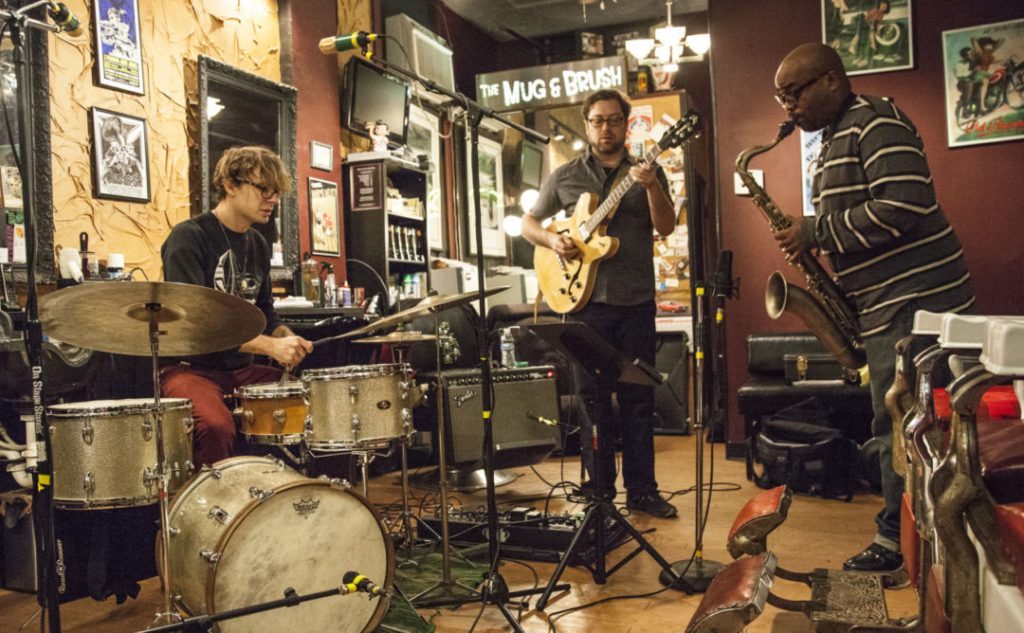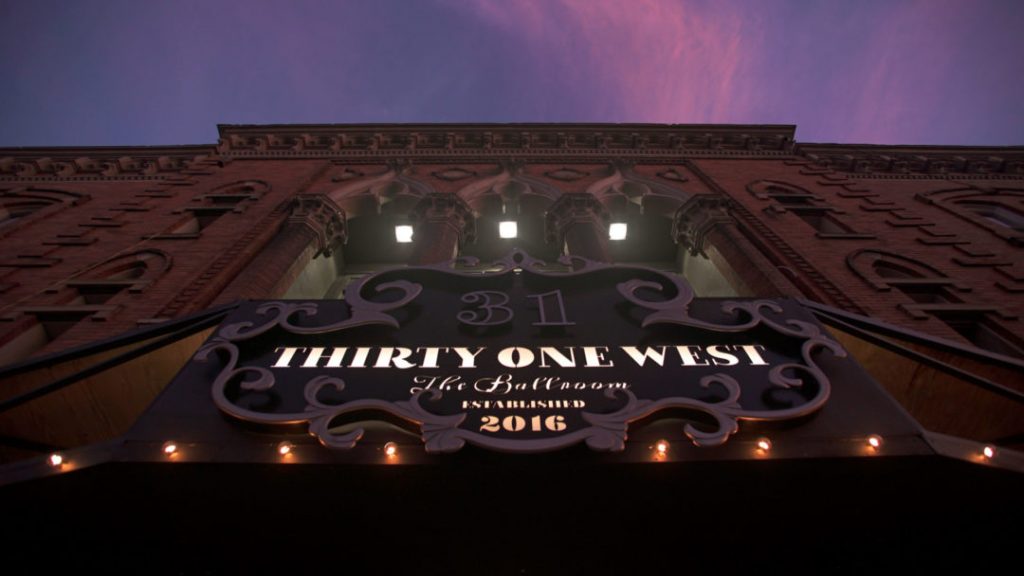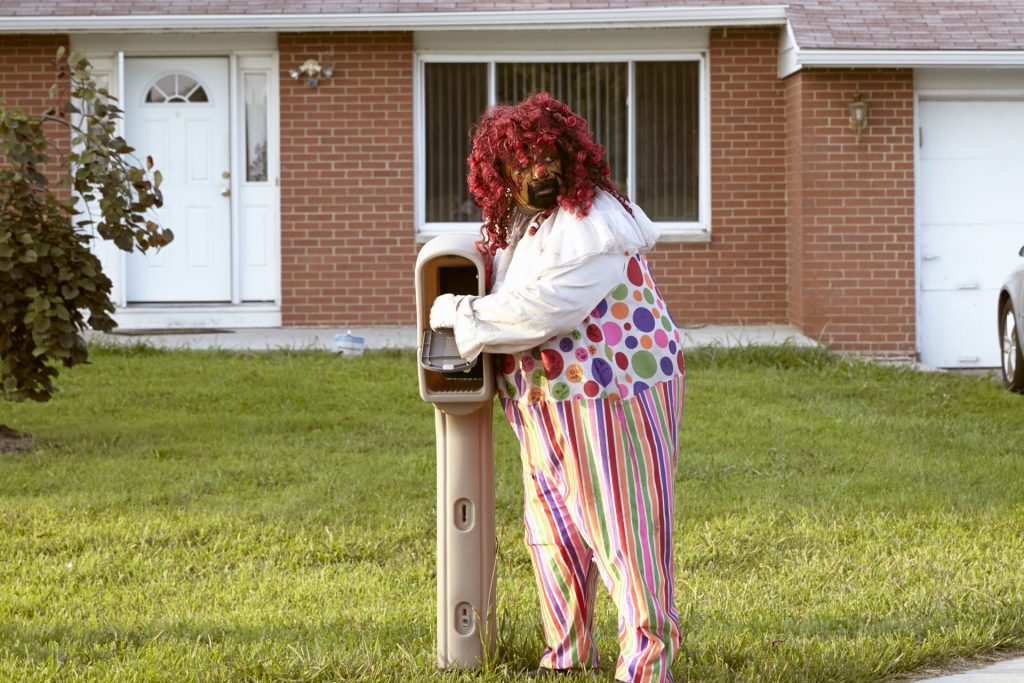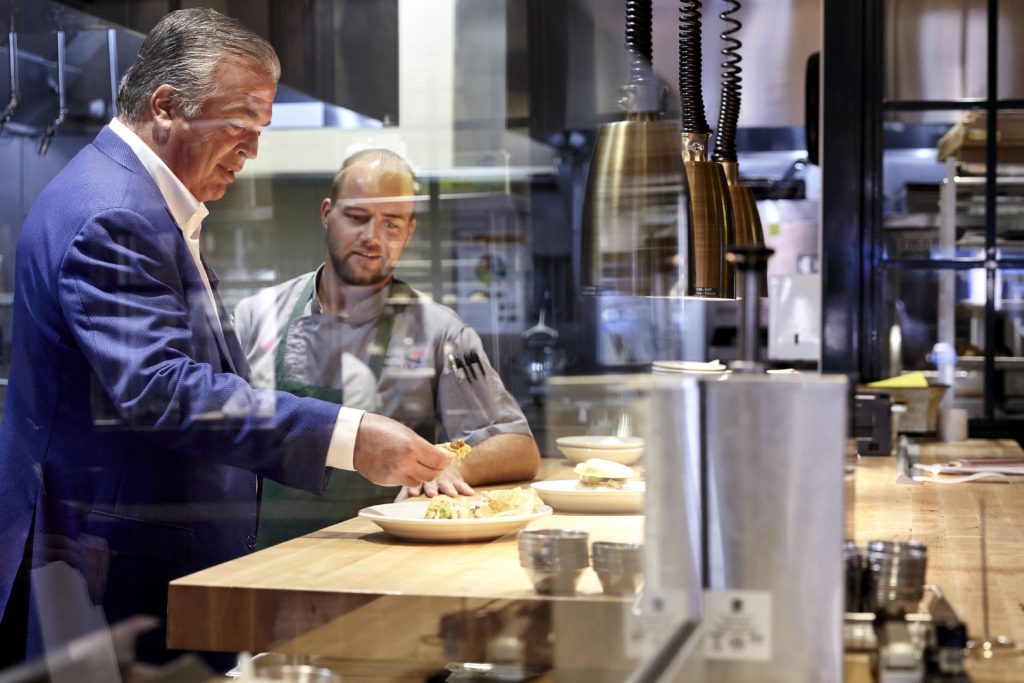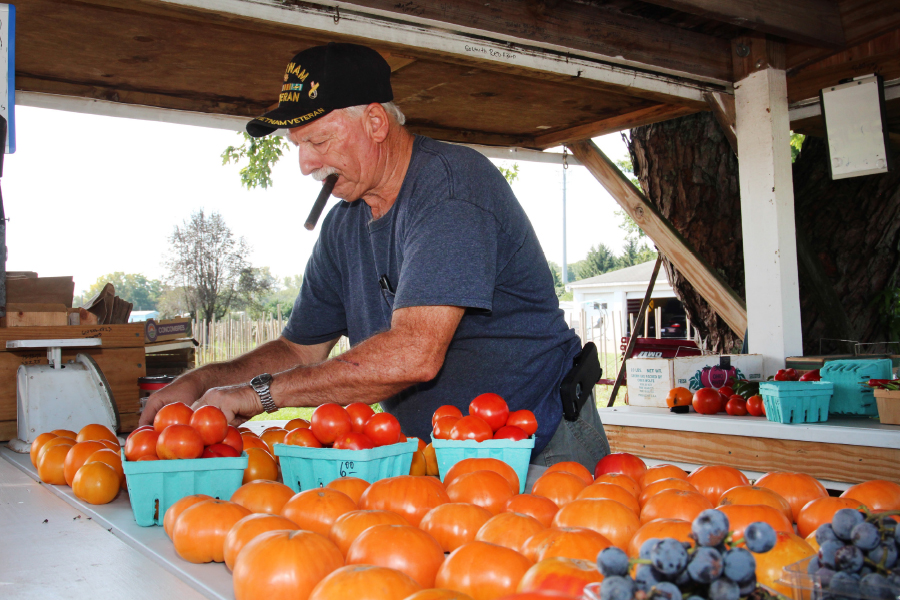Originally published in the Winter 2018 issue of Stock & Barrel
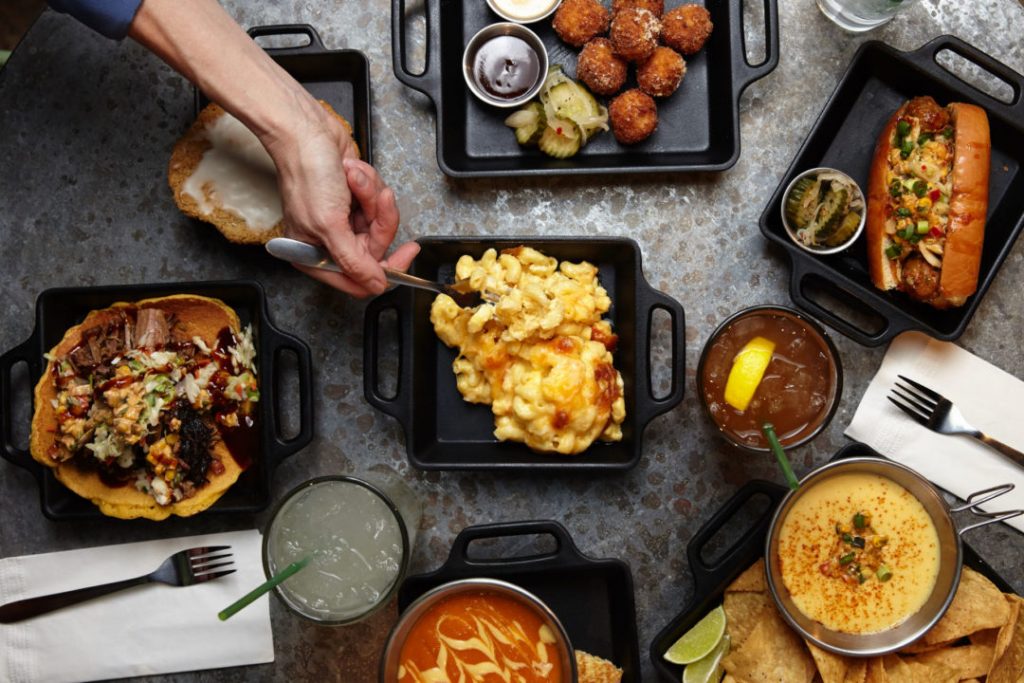
Amid the monotony of formulaic fast casuals, Sweet Carrot exceeds expectations with every bite. Refined, yet whimsical, their fascination with corn cakes and smoked meat despite an industry of imitation obsessed with buns and bowls isn’t just daring. It reinvented Southern cuisine with a downhome flare that’s downright defiant.
Perhaps that’s because founder Angela Petro is cast against type, as both a restaurateur and an entrepreneur. She’s not Gordon Ramsey barking orders and berating the staff, nor some smug, Silicon Valley visionary constantly pitching the next big thing. Petro actually stumbled into Sweet Carrot neither by design nor necessity. The impulsive purchase of a food truck as a mobile R&D platform for her decades-old catering company proved so unexpectedly popular when it launched at the Columbus Arts Festival, a permanent location became all but inevitable.
The original in Grandview was an instant hit at the old Rife’s Market, but the second at Polaris was slow to take off. So the third in Dublin has focused on what restaurant patrons increasingly expect, a conscientious kitchen with menu options for everyone, regardless of dietary restrictions or preferences. It’s still fast casual, but with a thoughtful, artistic take on comfort food destined to grow beyond Central Ohio.
“It all came together as a curated experience. I would say it was fortuitous, at a time when I was starting to explore this kernel of an idea,” recalled Petro, whose established enterprise Two Caterers had reached a pivotal point. “When we started, we were doing simple drop-off lunches. But as we pushed ourselves, we became thought of as a high-end catering company, with creative presentation at a competitive price.”
In those early days, Petro wasn’t just wearing a proverbial chef’s hat. She was taking orders, working the kitchen, making deliveries, often serving her creations on-site, and washing the dishes at the end of the day. Eventually, the boutique catering business that landed a few big gigs had become something rewarding, but still unintended.
“My background is blue-collar. I grew up never having catering, and that’s where most of us live. But people still have parties, they still have a need. Every now and then, you need help with food, but you aren’t throwing a $30k graduation party or a $60k wedding. I still had that feeling we weren’t really serving the market that we set out to service.”
Unable to shake the perception as a prohibitively-priced caterer for many, and uncertain any amount of marketing would change popular opinion, Petro envisioned a sister brand that would capture that long lost clientele.
“Everyone contributed ideas to what we could roll out on our food truck — our sales team, kitchen staff, and our chefs. It bolstered this thought that we could go after this market of folks in Central Ohio who wanted wholesome food at a price they could afford, without someone in a bowtie wearing white gloves holding a silver tray,” she recalled. “That’s how Sweet Carrot started.”
The commitment to creative comfort food has always been a true community project. One of her chefs pitched the idea of savory corn cakes as a base, and brisket and pulled pork from the commercial smoker Petro picked up at auction were the perfectly decadent, working class complement. Their signature corn salsa, adapted from the recipe repertoire of staff member’s family potlucks, has become a ubiquitous condiment. Even the name came by way of a friend whose knack for word play was among many happy accidents.
“He sent me an email that said, ‘Did you know Sweet Carrot is an anagram of Two Caterers?’,” she chided. “So that became the name of our food truck, even before we knew what we planned to serve.”
The result is a menu that is neither seasonal, nor static, and adapting to customer expectations. Their corn cakes are gluten-free, their slaw is dairy-free, and vegetarians aren’t the only ones swooning over their fried artichokes — a callback to that first Columbus Arts Festival where they were cleverly sold as “fried arts”. And much like any credible country kitchen, little goes to waste, with yesterday’s brisket and pork becoming today’s Brunswick stew, chicken meatballs joining kale and black-eyed eyes in tomorrow’s soup. Even the leftover mac and cheese is coated in breadcrumbs from leftover rolls and flash fried to preserve their gooey goodness.
Petro admits she’s been the beneficiary of both luck and good fortune along the way, from a tiny little lunch company to a beloved local food truck that prompted patrons visiting Columbus for the Country Living Fair to personally plead her to open an outpost in their hometowns too. Even the name Sweet Carrot and its origin are metaphors for what great restaurants do best, turning existing ingredients into something completely new and unexpected.
“I believe in this brand, and never conceived of it as a one-off. When we opened the first Sweet Carrot, I struggled creatively to try to find the guardrails, to keep it as something that could be a multi-unit restaurant,” she recalled. “I wanted everything and the kitchen sink. When we first opened, I had a wine section and wanted to have a small market with products packaged to take home. If I’d opened it as a single location, it would have been a very different concept.”
The character of Rife’s Market was both a blessing and a curse. Petro and a team of staff and friends were sanding tables and painting the walls themselves. But the design and layout were more intuitive than intentional, setting a high bar for replicating the aesthetic at additional locations with less inherent character. Though Polaris was ambitious and demographically desirable, the new Dublin spot reveals the maturity of a brand ready to break out of Columbus.
“This third iteration is not the end, because there’s so much we’re going to learn. So though it is tempting, and exciting, and flattering to think about opening another location, it’s also the right time to pause,” she noted. “We’ve opened two restaurants this year, as a very tiny company, and we are definitely looking to keep expanding and evolving. We’re small, but mighty.” ▩
To find the nearest Sweet Carrot, or check out their catering or special diets menus, visit sweetcarrot.com
